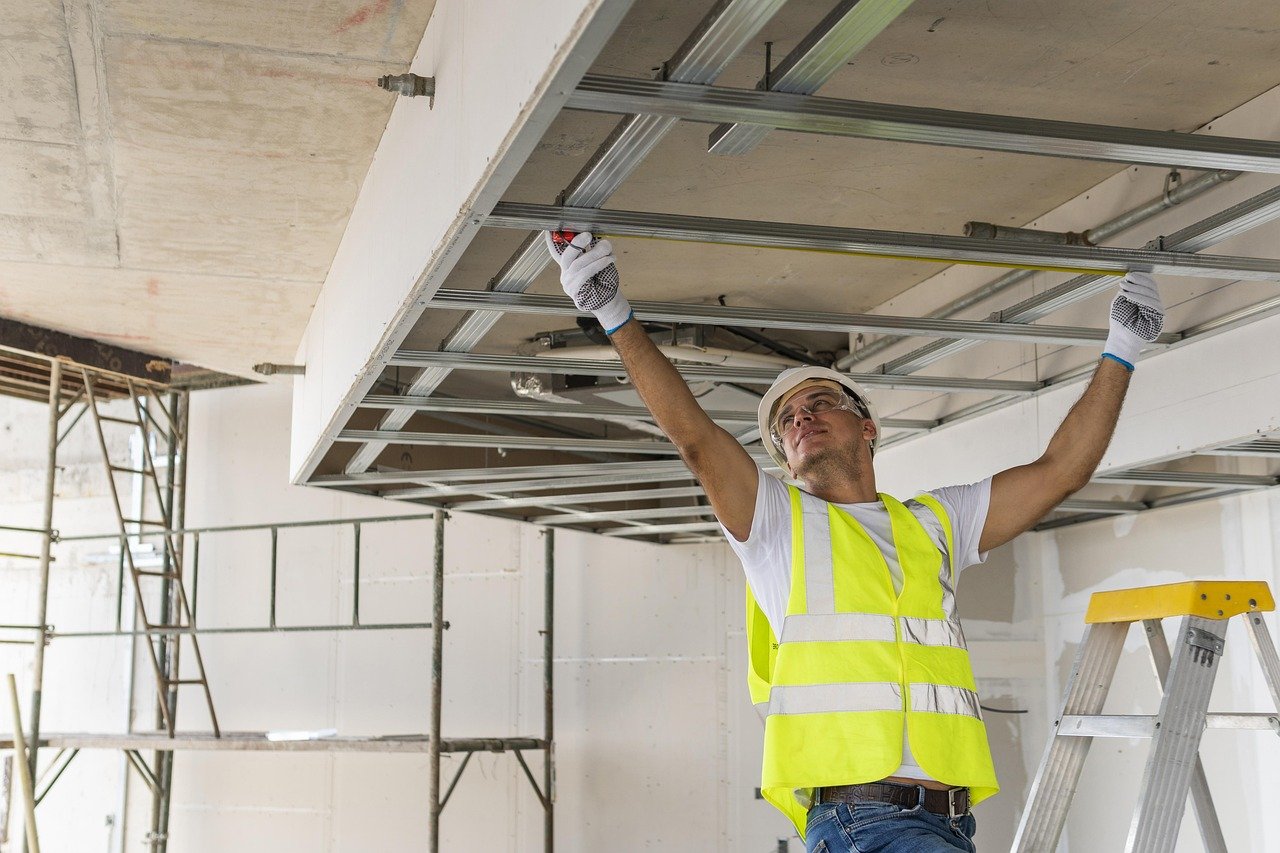
Why Using Local Labour for Public Infrastructure Projects Is the Greener Choice
When it comes to public infrastructure and construction projects, the decision on whether to employ local or out-of-town labour can have significant environmental implications. Opting for local labour is not only beneficial for community development but also a more sustainable choice that can lead to a greener, more resilient future. Here’s how using local labour for these projects contributes to environmental sustainability.
Reducing Carbon Footprint
One of the most direct environmental benefits of using local labour is the reduction in carbon emissions. Workers commuting from distant locations contribute significantly to carbon emissions through extended vehicle use. By employing local labour, communities can drastically cut down on these emissions. Local workers are likely to travel shorter distances, potentially even walking or biking to work sites, which not only reduces their carbon footprint but also lessens traffic congestion and air pollution.
Supporting Sustainable Practices
Local workers are inherently more familiar with the environmental conditions and challenges of their region. This familiarity equips them to better address these challenges in the course of their work. For instance, they might be more aware of the best times to conduct certain outdoor activities that minimize energy consumption or understand the most sustainable sources for materials. By leveraging this local knowledge, projects can be completed in a manner that is more attuned to sustainable practices.
Enhancing Local Economies and Reducing Waste
Employing local labour keeps money within the community, which supports local businesses and services. This economic boost can lead to better local facilities and infrastructure, reducing the need for long commutes to other cities for work or leisure, thus lowering overall transportation emissions. Furthermore, local workers and businesses are more likely to source materials locally, reducing the need for long-distance transportation of goods, which not only saves energy but also reduces packaging and shipping waste.
Building Community Commitment to Sustainability
When projects are visibly tied to local workers and the local economy, it builds a sense of community ownership and pride in the sustainability efforts. This can lead to greater public support for green initiatives and a community-wide commitment to environmental stewardship. In turn, this community spirit can foster further local initiatives, creating a positive feedback loop that enhances the overall sustainability of the area.
Encouraging Policy Development
The preference for local labour can influence local governance. As communities begin to see the benefits of local hiring in terms of sustainability, local governments are more likely to create policies that favor environmentally friendly practices. This can include more stringent regulations on emissions from commuting, incentives for businesses that use local resources sustainably, and investments in local training programs that focus on green skills.
Choosing local labour for public infrastructure and construction projects offers a host of benefits that extend beyond economic impact—it’s a decision that supports a healthier planet. By minimizing commute distances, utilizing local knowledge and resources, and fostering a community-oriented approach to sustainability, local labour makes public projects greener in every sense of the word. As we look to build resilient, sustainable communities, the power of local labour is an invaluable asset.
This article is part of a series discussing the importance of carefully selecting your workforce for construction and other temporary jobs with the goal of building a better, stronger community.
Darryl Schmidt
One of my interests is following technology trends and how they can be implemented in a way that benefits people. I do my best to be a community builder and this website is an example of that 🙂
All comments are my own and may not reflect the opinions of the rest of humanity. I’m trying not to be mean so cut me some slack.
My Blog Posts Visit My Website